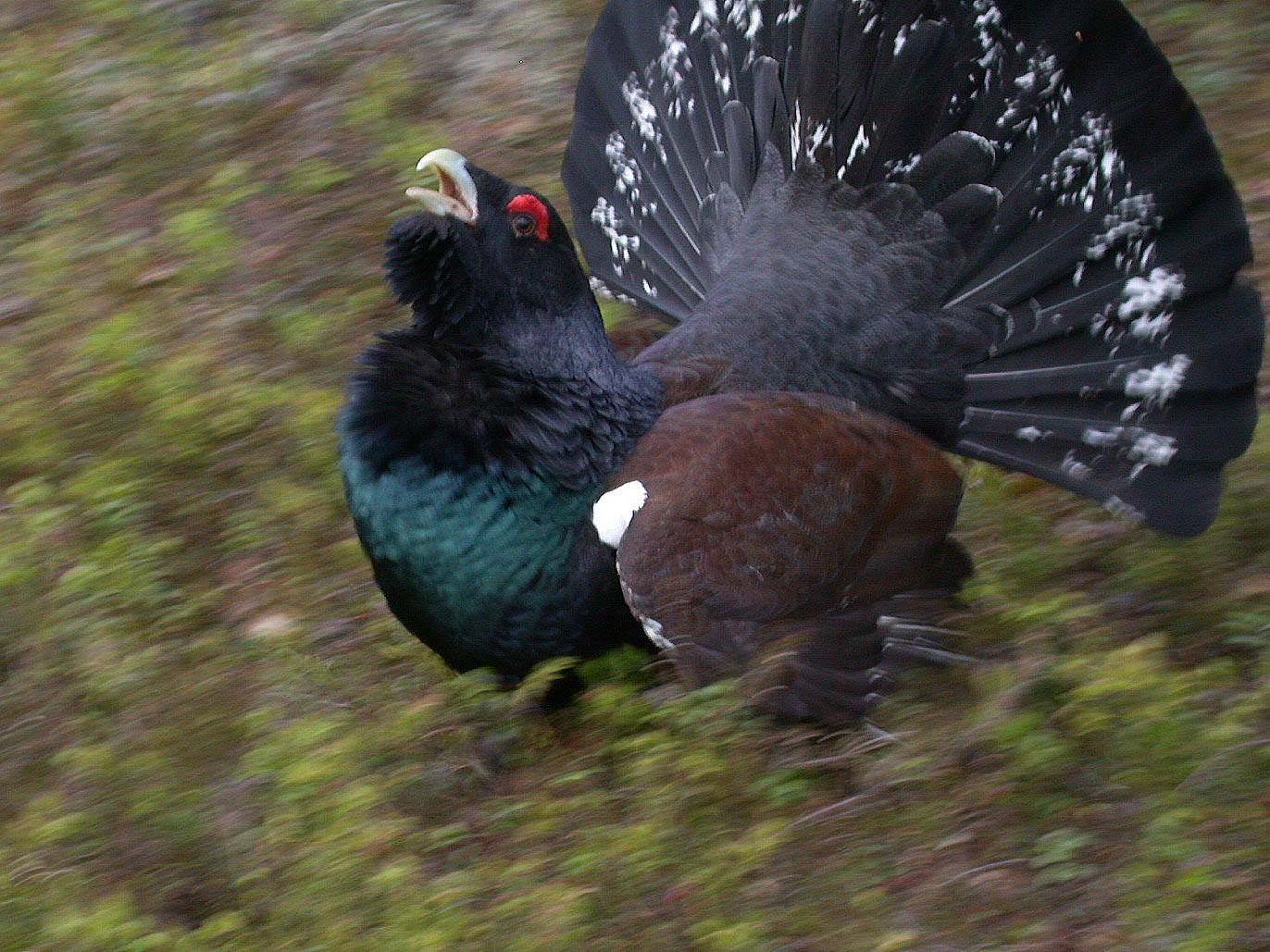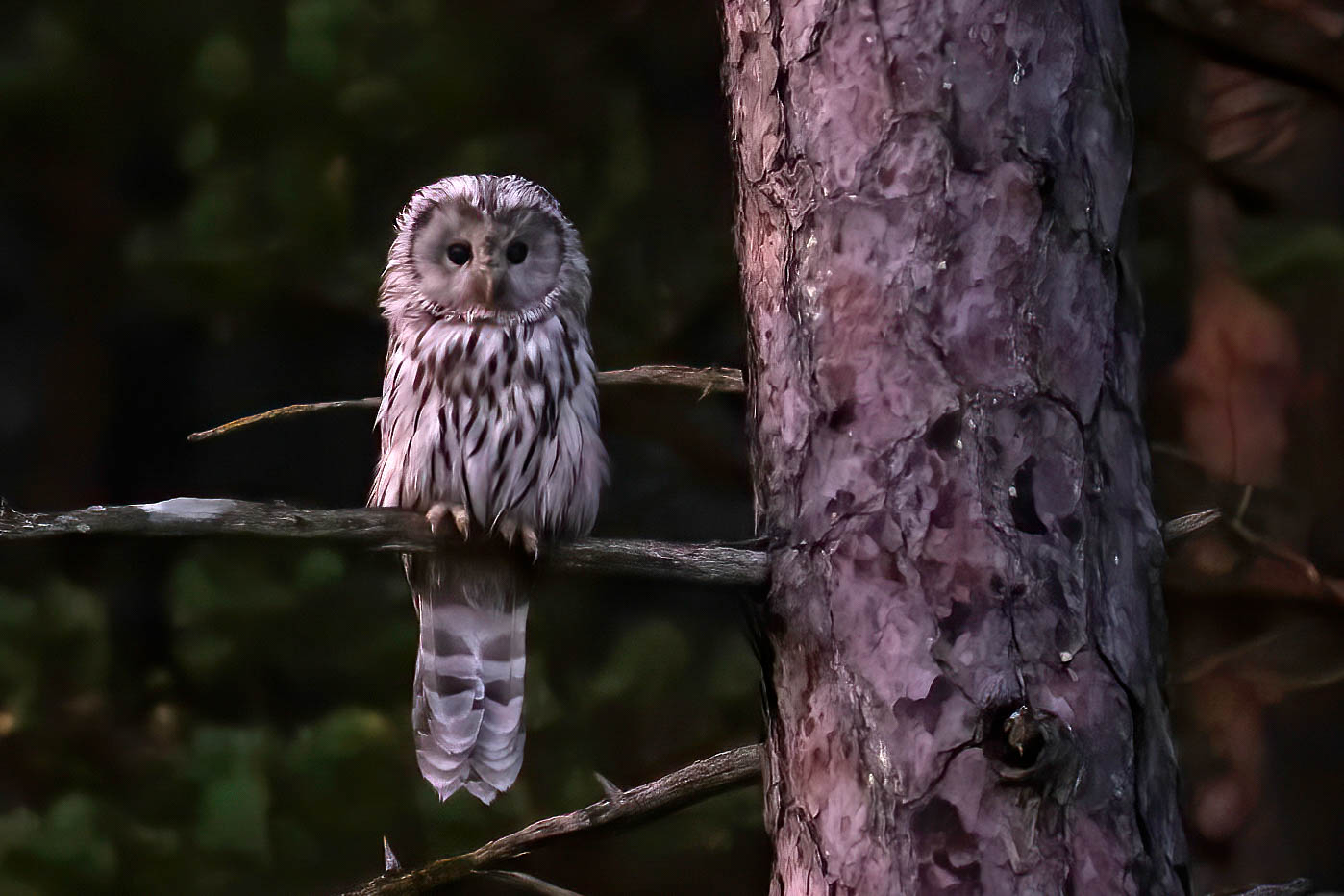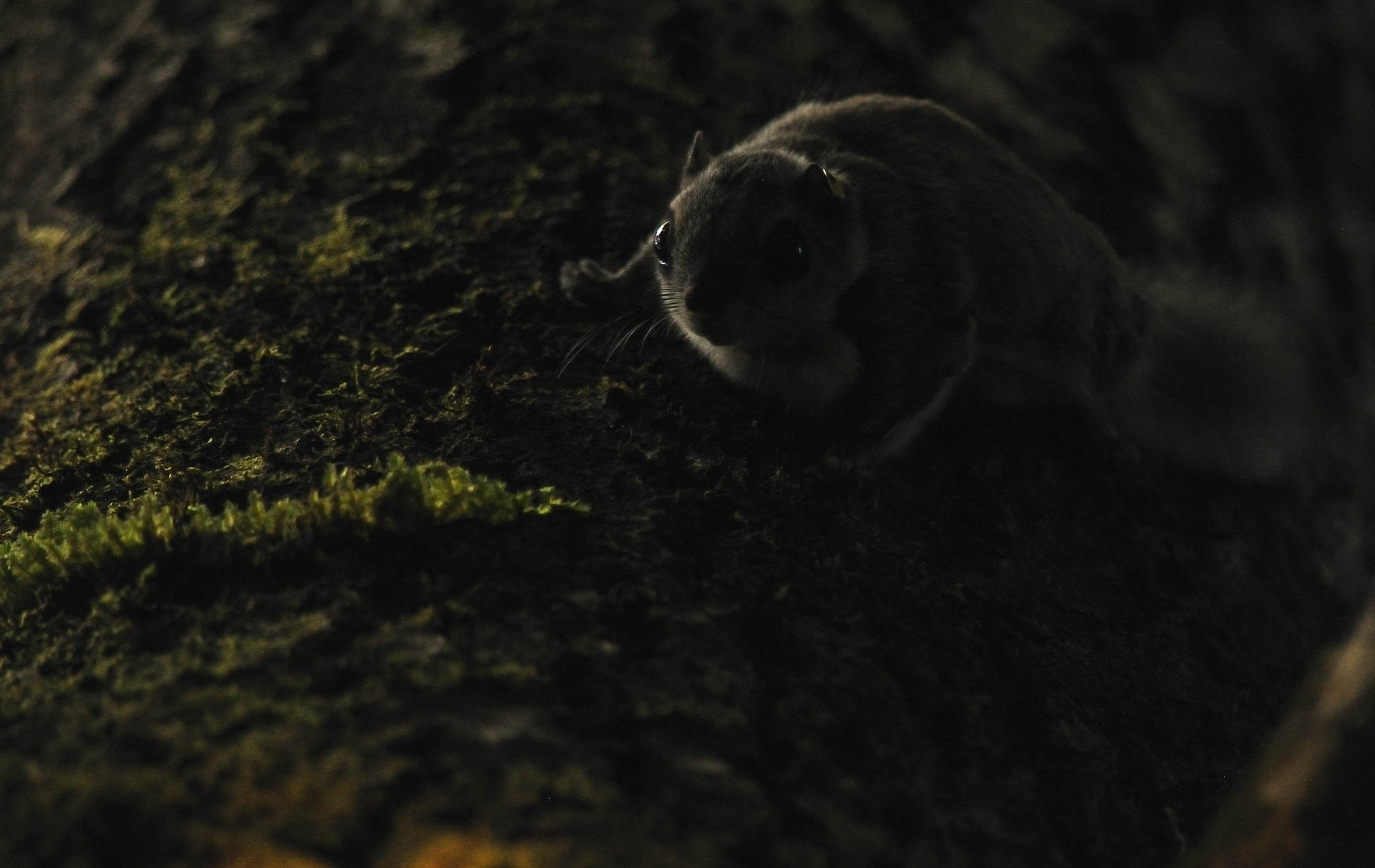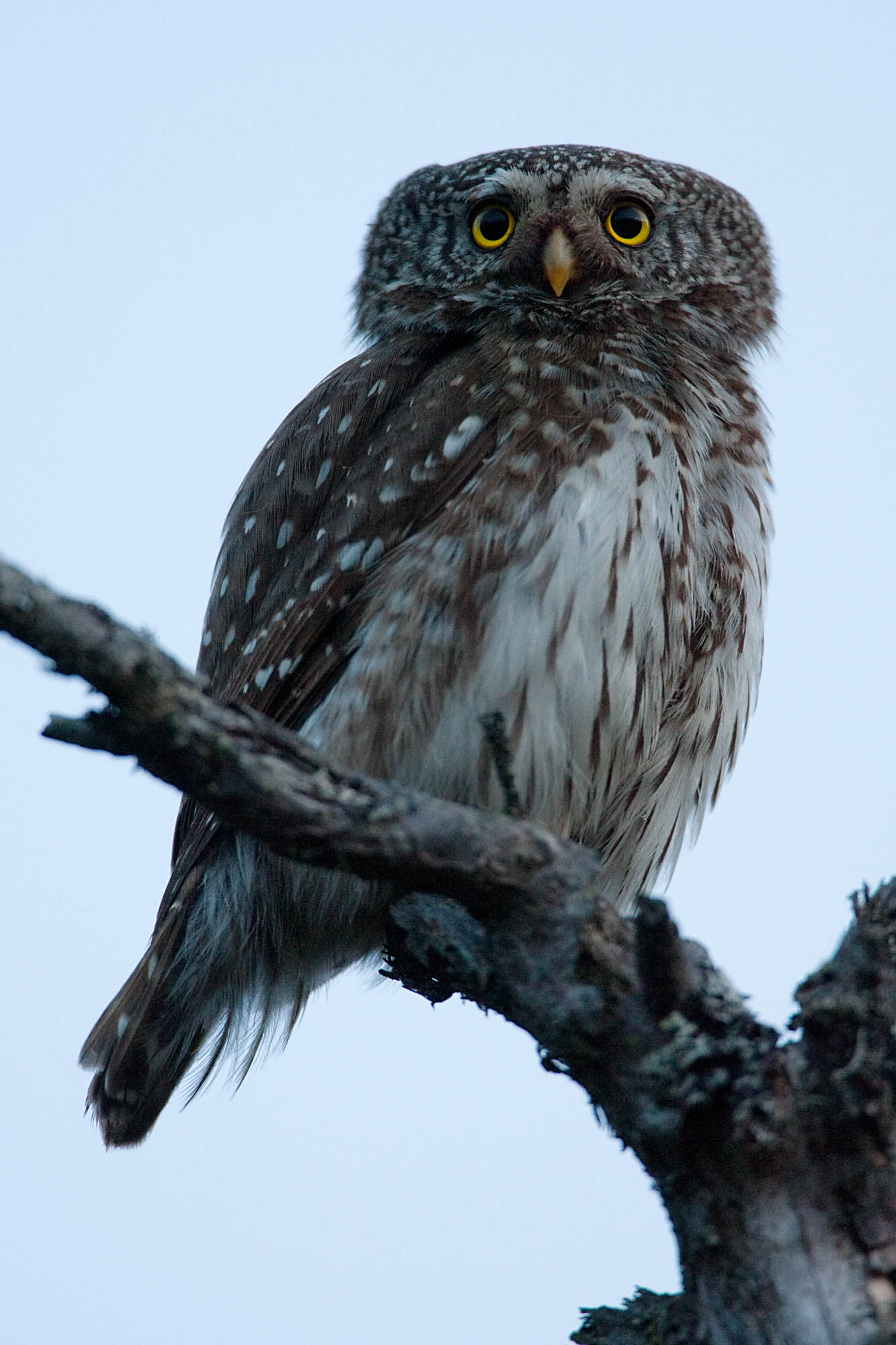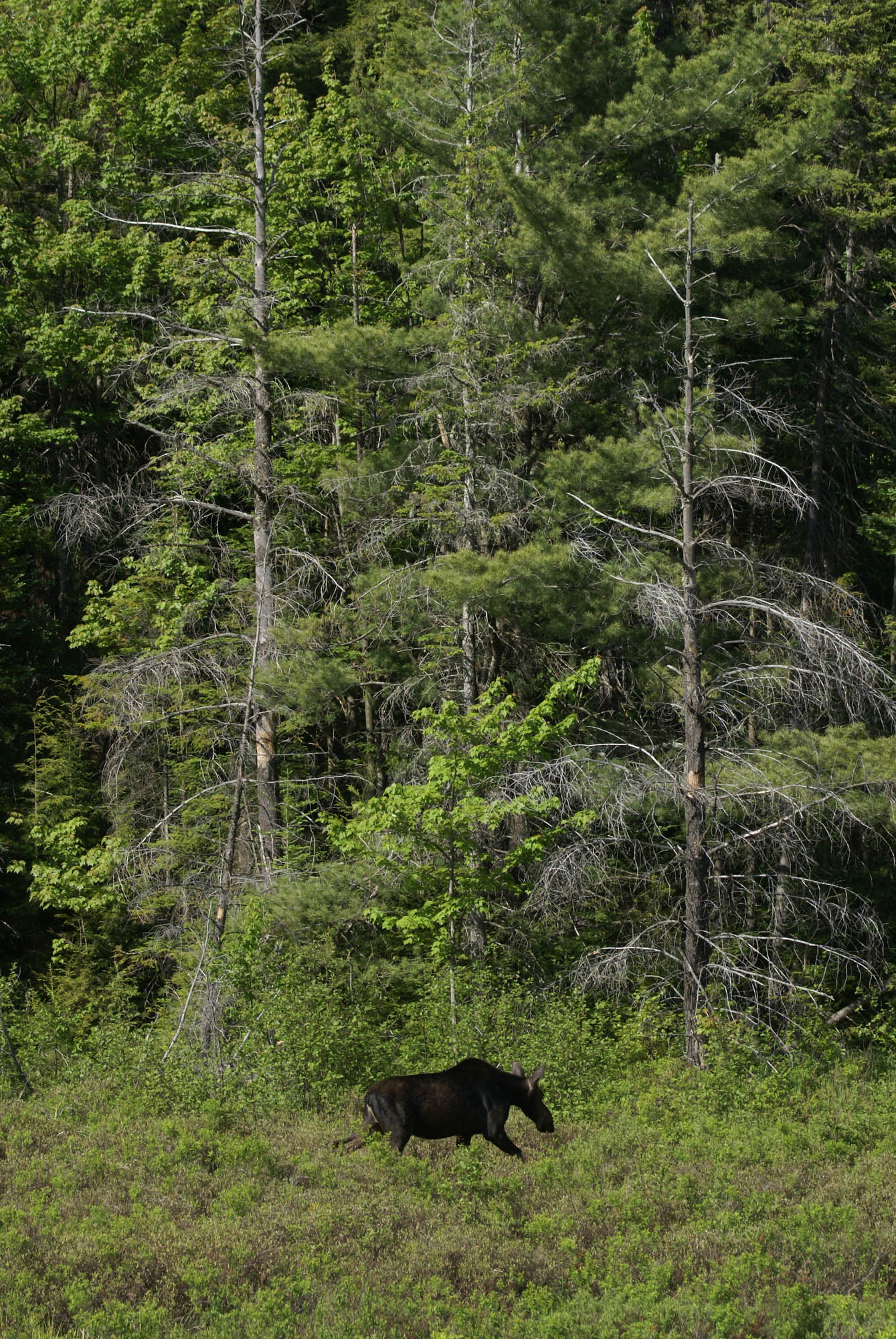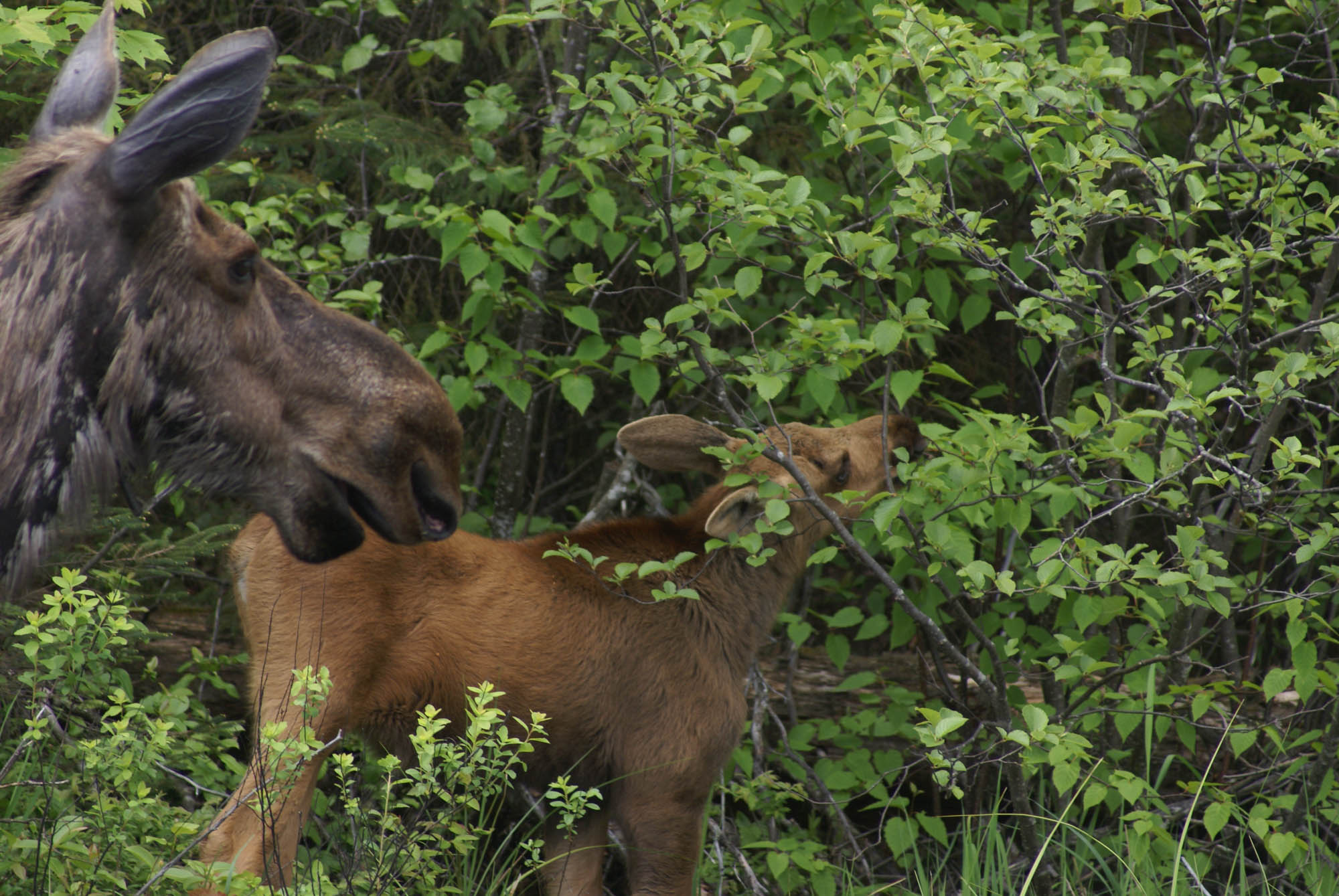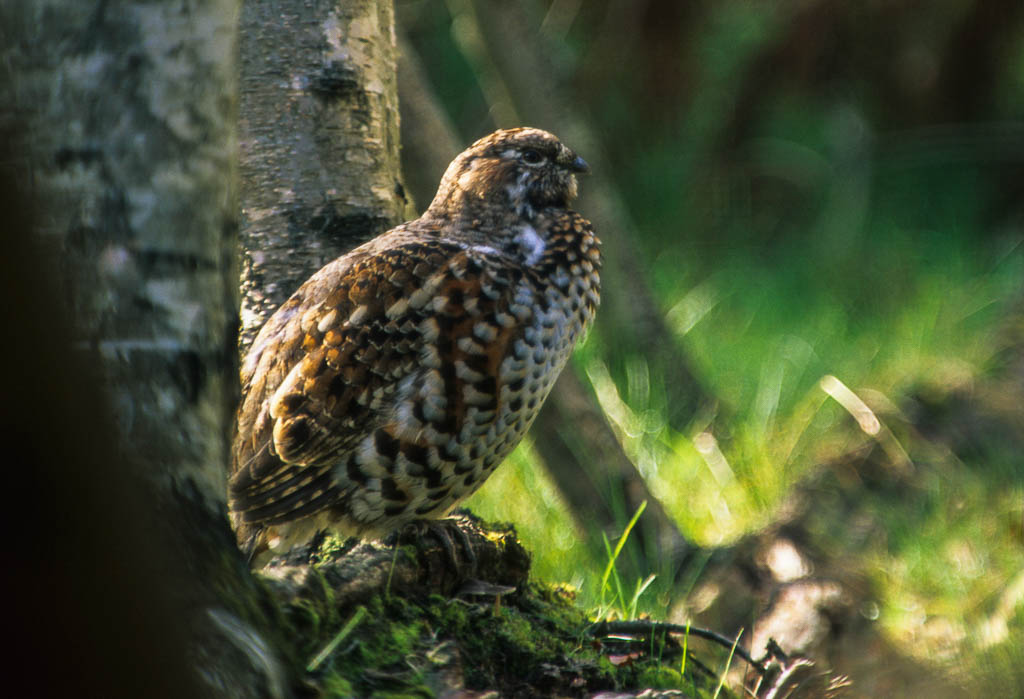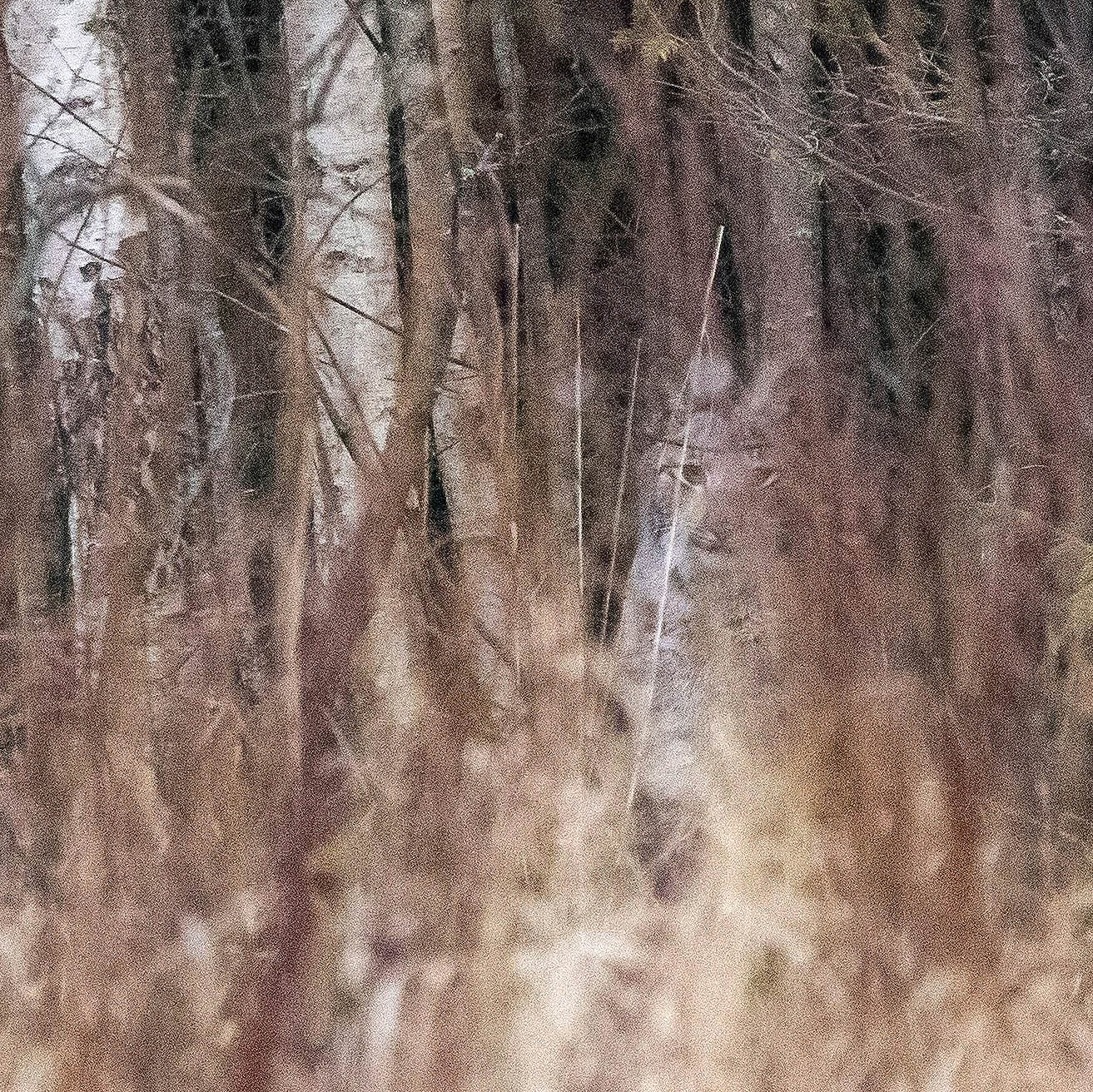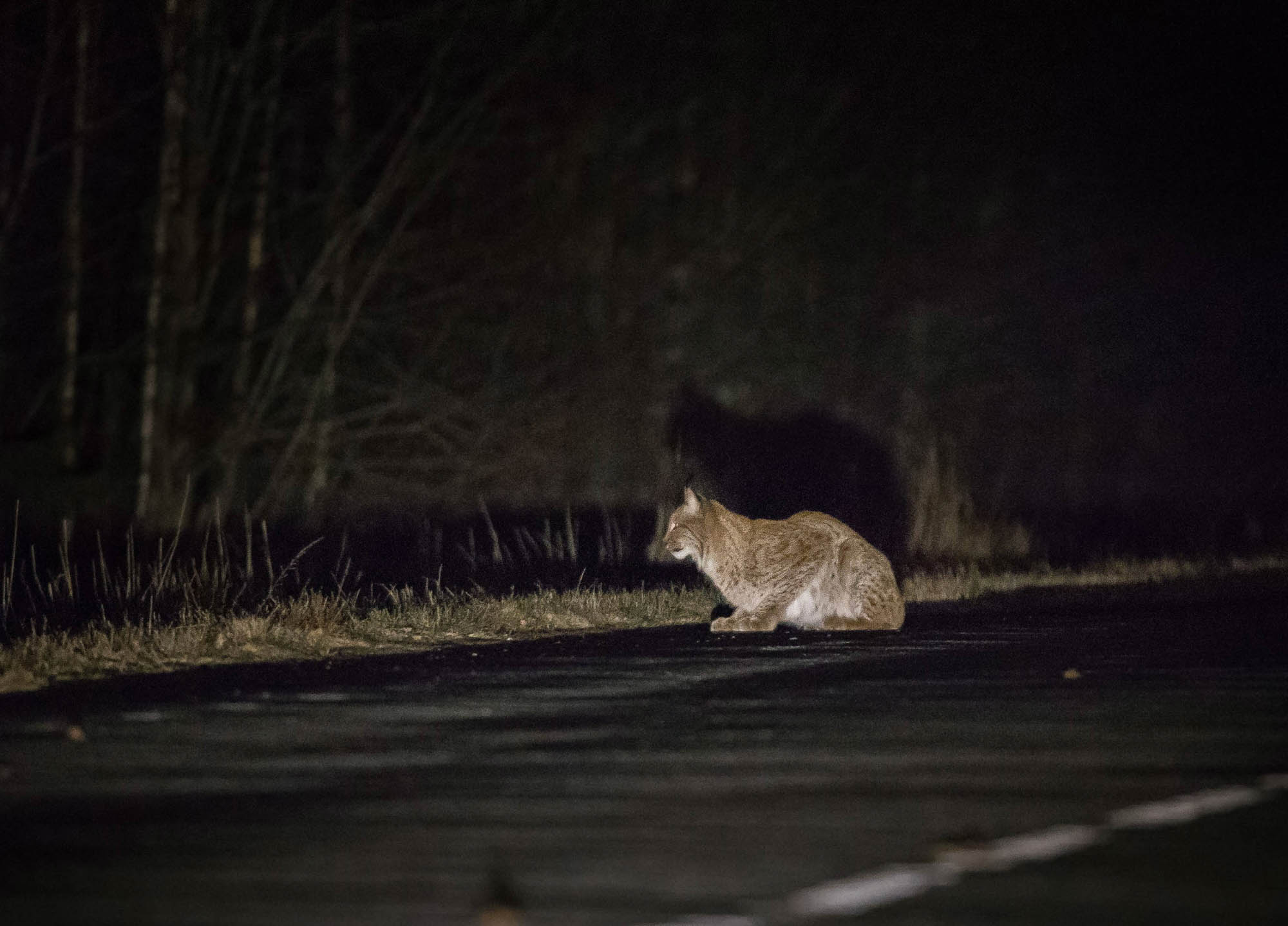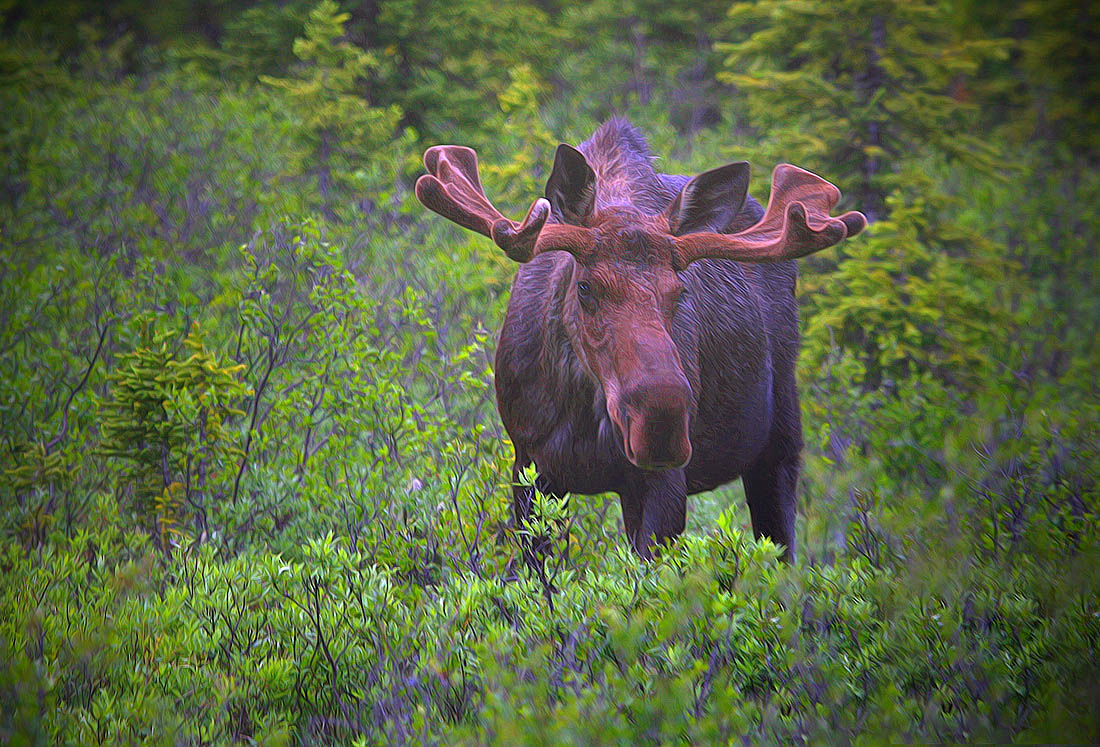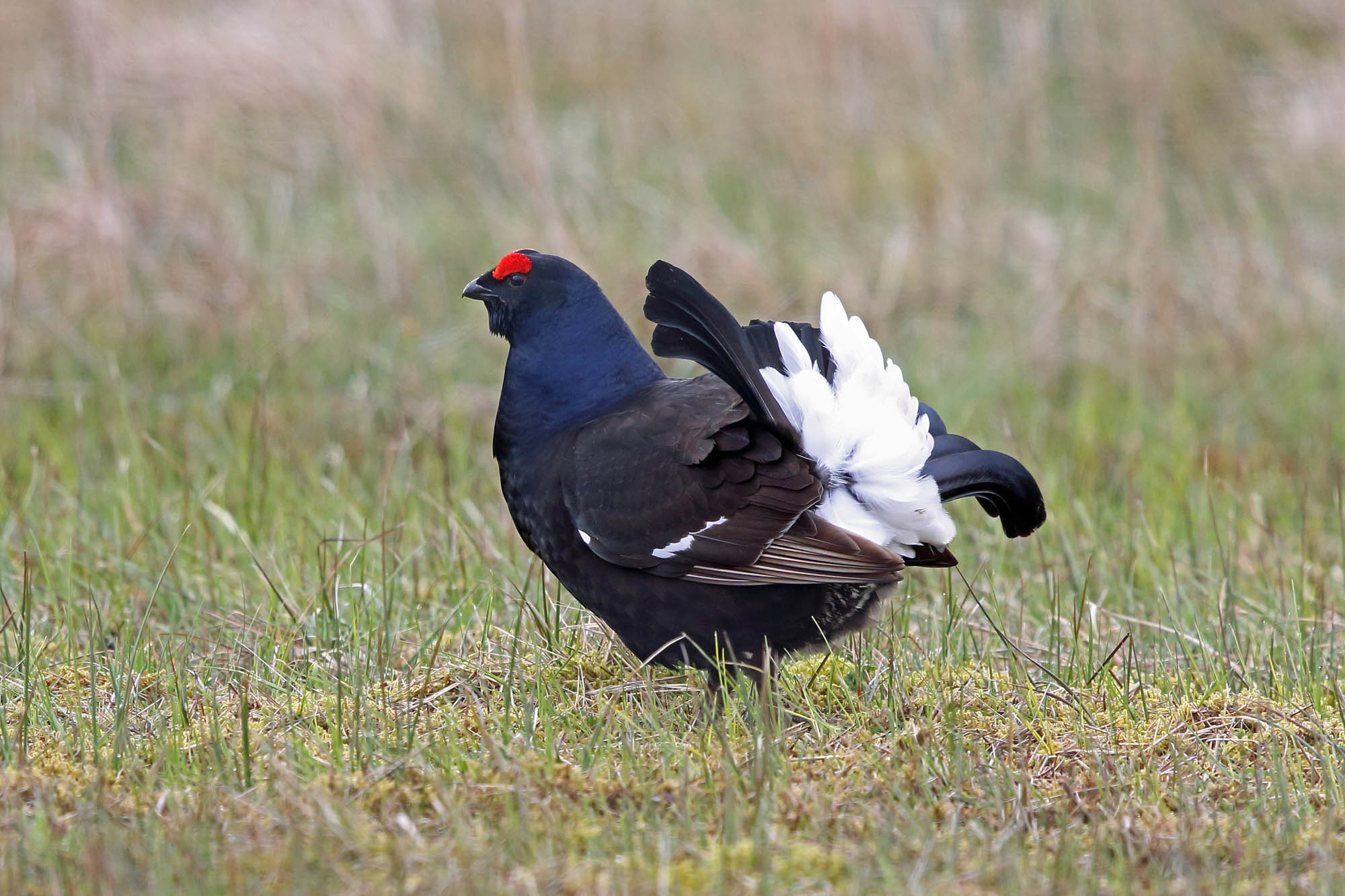

Morocco's High Atlas
Sulawesi & Halmahera

Mammal Watching
Estonia has an estimated population of more than five hundred Lynx and they are increasing alongside a substantive increase in their main prey, the Roe Deer.
Estonia is a small country, but not that small! So finding even one of these creatures would require a lot of luck unless one has the help of researchers who have been studying these fabulous animals for many years in a rather special national park, Lahemaa. Lahemaa’s atmospheric landscape of bogs, forests and unspoilt bays with still traditional fishing villages has been spared the ravages of the past century by dint of being the first national park designated in the former Soviet Union.
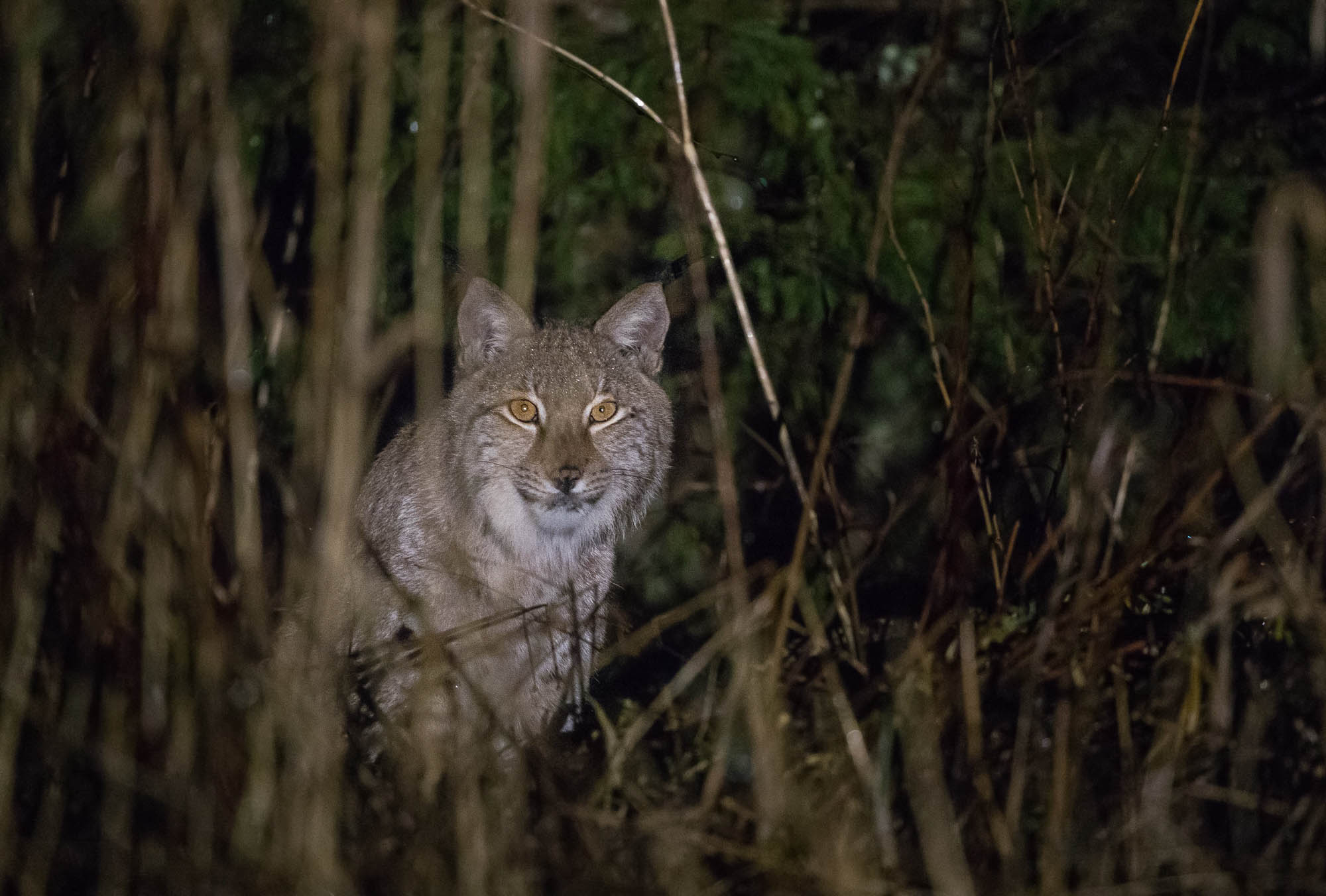
We’ll find the weather perhaps rather cool but the Lynx won’t be noticing as spring is definitely in the air for them – it’s the mating season and for a week or two at the end of March and at the start of April they are out and about far more than is usual. Excessively secretive for much of the year, they now take to the open, at least more than the rest of the year, in search of a mate. These Lynx are amongst the largest of the breed and so an adult male is quite an impressive beast. We can’t guarantee sightings but we’ll not want for trying and we’ll hope for more than one sighting too. The researchers and your guides have a network of trap cameras watching the movements of the Lynx as well as helpful technology such as thermal imaging scopes and LED lamps to aid in our search. We’ll concentrate much of searching effort at night but also early morning and evening too.
Our other main target for this tour will be the Siberian Flying Squirrel. Now this little beauty is extremely rare, only found in one small area in the north-eastern part of the country. Coupled with its rarity, its secretive nocturnal nature would make it extremely difficult to find it unless one had the help of someone who has been studying these delightful little squirrels for over thirty years.
During our search for these two species we’ll undoubtedly come across some of the commoner mammals that inhabit Estonia’s mix of forest and bogs. Roe Deer as mentioned are common nowadays and we’ll likely see Moose more than once. Pine Martens are very active at this season and Brown Bears will have recently woken and be wandering round forests where they are, like the Lynx, easier to spot at this time of year. Snow Hares are common and we’ll also likely see the strange Raccoon Dog. Though mammals will be very much our aim, we’ll no doubt have sightings of Black Grouse and Hazelhen as we search the forests and Woodpeckers are easy to spot at this season, notably Three-toed and White-backed Woodpeckers. Evening excursions will yield various owls as well – Ural Owl and Pygmy Owl among them.
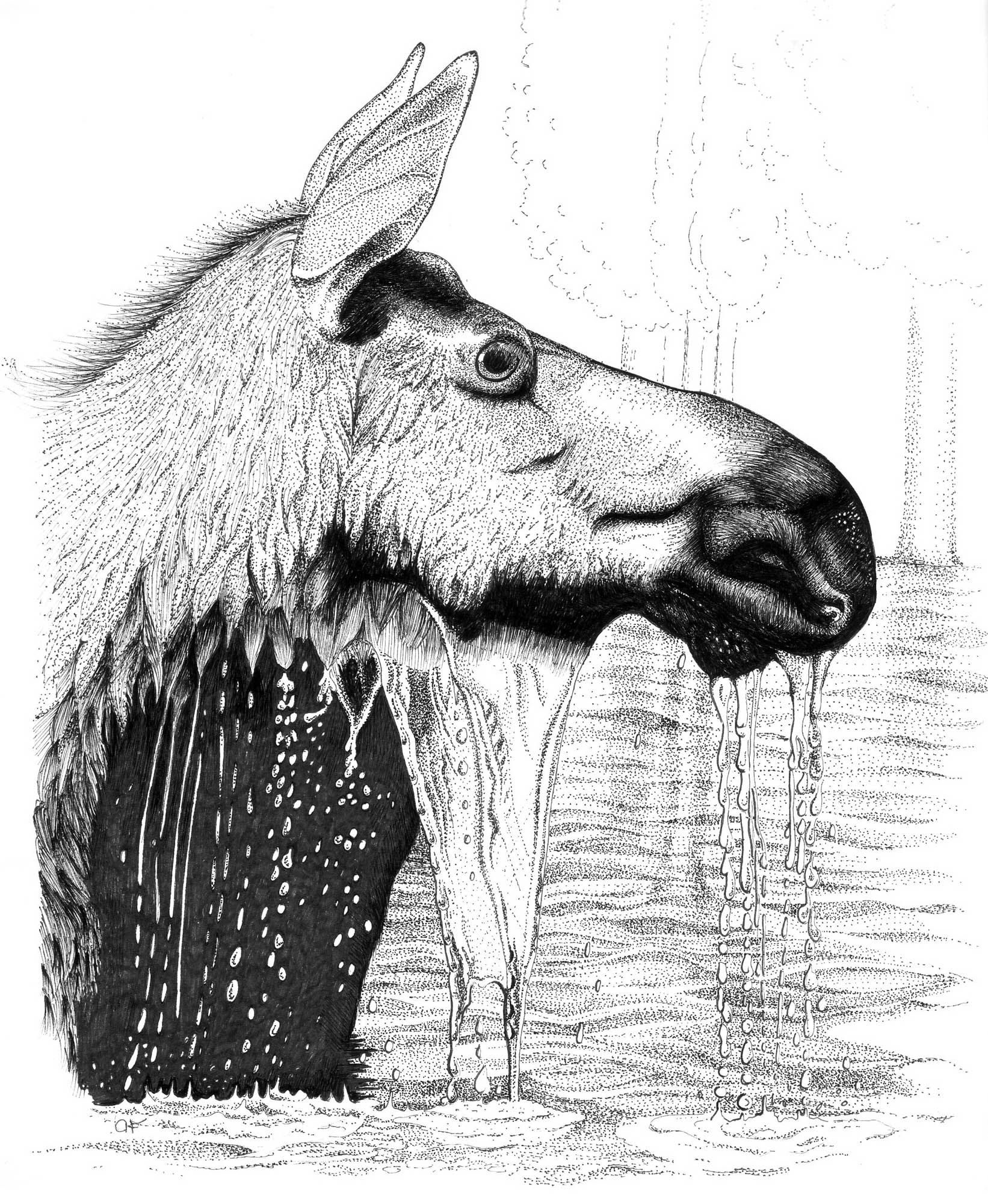
Dates and Prices
17th March - 22nd March 2025 (6 days)
* doesn't apply if you're willing to share and a room-mate can be arranged
Please note; dates and prices are provisional and will be confirmed by August 2024
Mammals. Also Birds.
The minimum is 3 and the maximum is 5.
All flights. All transport, meals and accommodation in Estonia. Services of your leaders. Please note: drinks, tips and items of a personal nature including insurance, are not included.
Mammal and bird checklists are available.
For the entire tour we’ll stay in the Sagadi Mois situated on the eastern fringes of Lahemaa National Park. Red tiled roofs, whitewashed arches, a bell tower, and other pink and white buildings are arranged with German precision set amid bright green lawns, stately park trees, and just outside, the national park itself. The history of the Sagadi manorial estate dates back more than 500 years. Today, the former granaries, stables, dairy house, carriage house, cow barns, and other buildings have new functions. Sagadi is the site of a forest museum, a manor museum, a nature school, a hotel, and a restaurant. The Sagadi manor complex is an architectural monument of national importance, and it is rare due to its completeness. The past wealth of the barons of Sagadi was based, in part, on the forests. Sagadi manor is still managed by foresters, namely the State Forest Management Centre. The Sagadi has very comfortable rooms and a particularly good restaurant. It is ideally situated for all the sites we’ll cover with the Lynx research teams. All rooms on this tour have en-suite facilities.
Easy for the most part. We do spend quite a bit of time driving tracks and forest roads at night as this is the best way to find Lynx, but we’ll also spend some time on foot too, day and night! It is in particular the timing of the excursions that you need to be aware of – we’ll be spending quite a part of the hours of darkness in the field and so sleep may be at less than usual times!
UK direct return flights are from London Gatwick to Tallinn. Add-ons are available from various UK airports*. Other indirect routes from regional UK Airports* are available.
*These routes may incur a supplement.
Cool! Generally close to or below freezing at night, maybe down as low as -7°C or -8°C though more typically close to freezing, whilst daytime temperatures can be rather pleasant perhaps reaching 10°C or even 12°C and often sunny. Precipitation can be either rain or snow but usually doesn’t amount to much.
Contact us to check if there is availability for the number of places you require. Click on the ‘Book this Tour’ button on this page to be taken to the online booking form or contact us and we will send one to you which you can complete and send back to us. You will receive confirmation of your place, and then a detailed information pack will be dispatched to you about twelve weeks before departure. This will contain up-to-date health information.
